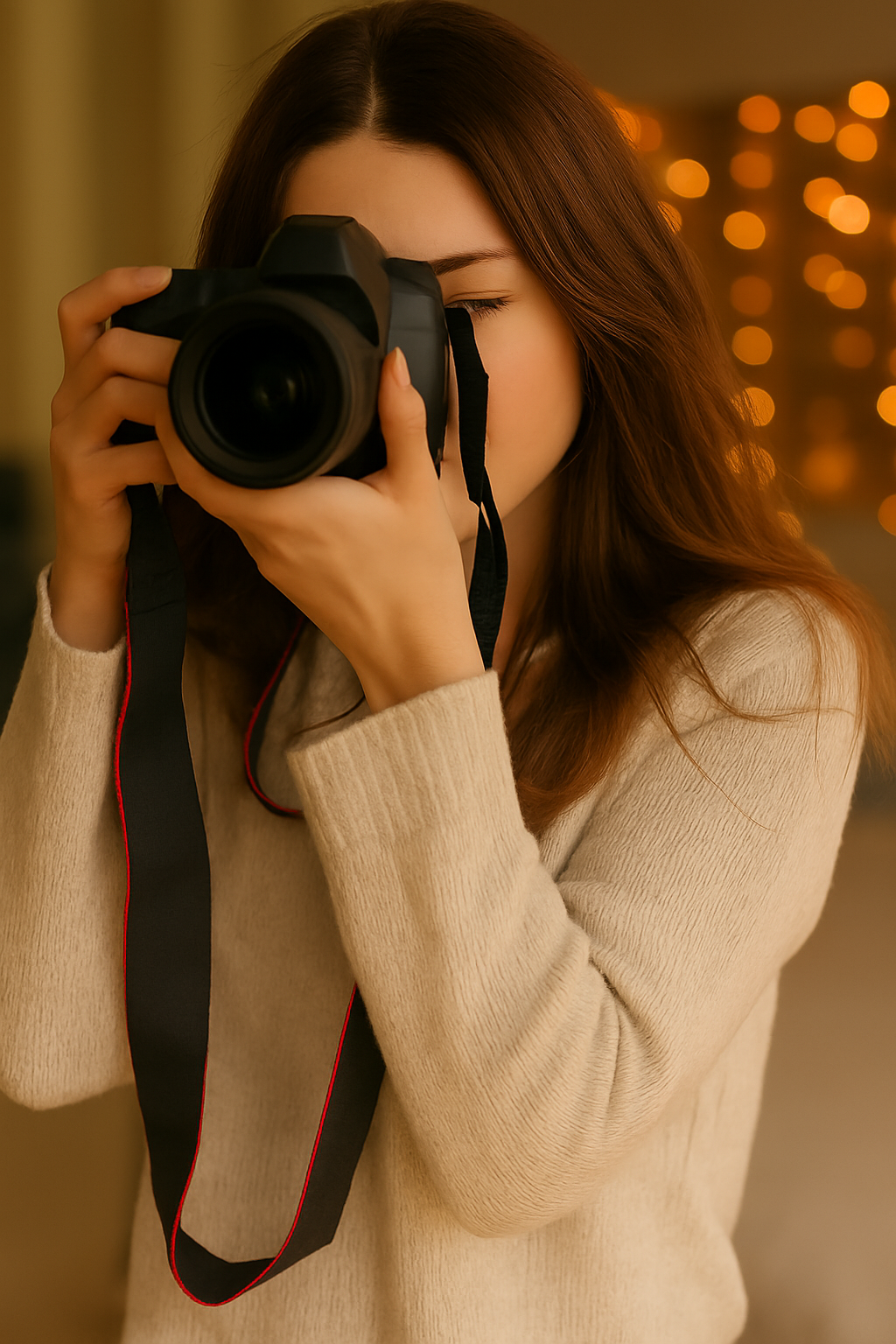Photography is all about capturing light. Without light, there would be no photography. Light is the essence of photography and it plays a crucial role in creating all styles of images. In this blog post we will explore how you can manage and manipulate light to create beautiful photographs.
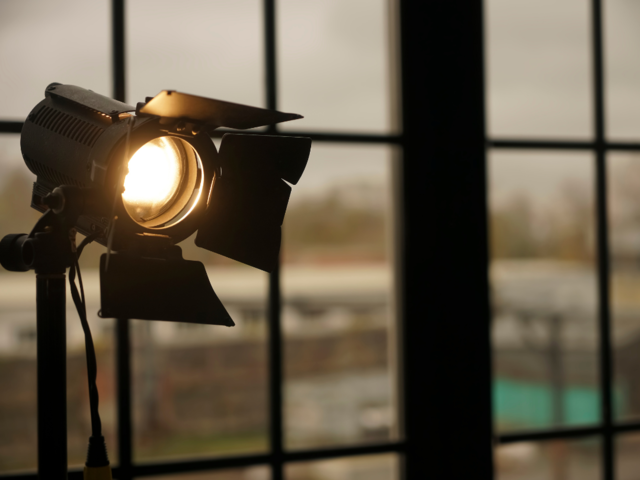
Understanding Light
To fully appreciate the importance of light in photography, it's important to have a basic understanding of how light works. Light is a form of energy that travels in waves. When light waves enter the human eye or indeed a camera lens, brightness and colour are interpreted to create an image. It is the perception of light waves that creates a picture.
Understanding that light comes in many different forms and that it can be perceived in numerous ways, is the first step towards becoming creative with light. Different types of light can create different moods and feelings. Natural light, such as sunlight or moonlight, can create a warm and inviting atmosphere whereas artificial light, such as the light from lamps or flashlights, can create a different mood altogether.
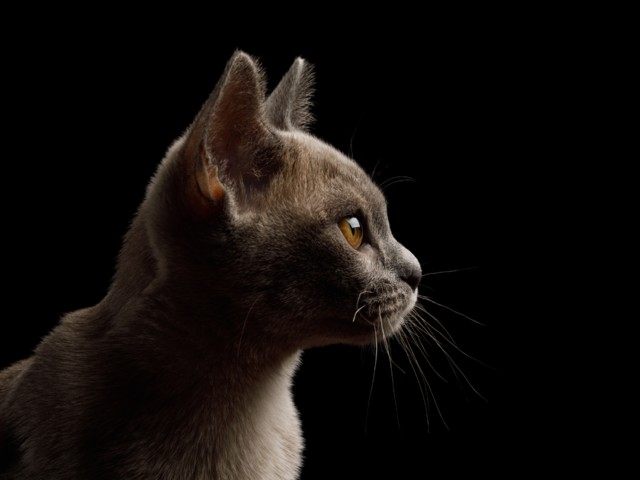
The Role of Light in Photography
The way you use light in your photographs can greatly impact the overall look and feel of the image. Light creates shadows, highlights, and contrast which can add depth and ambience to your photographs.
One of the key things to keep in mind when playing with light in your photographs is the direction of the light. Side lighting can create dramatic shadows, while backlighting can create a soft and ethereal glow. Experiment with the placing of light and move around, changing where you choose to shoot from. This can dramatically impact the look and feel of an image.
Another important aspect of using light in photography is exposure. The exposure settings on your camera will dictate the amount of light that enters the camera and hits the camera sensor. Proper exposure is essential for creating well-lit photographs that accurately capture the subject.
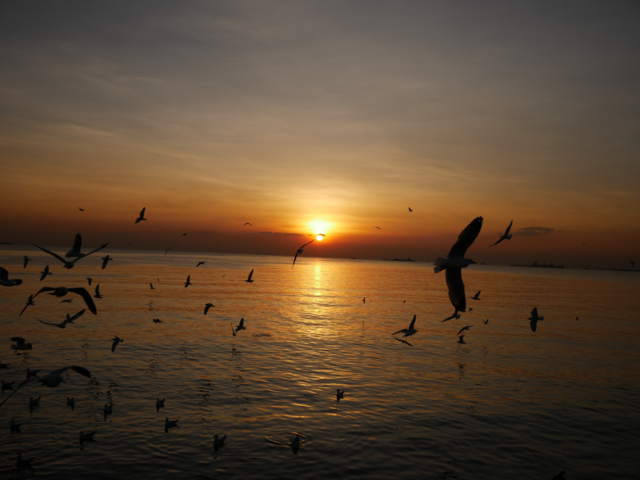
Techniques for using light in Photography
You can be as creative as you wish when experimenting with light but there are several techniques that are most effective when lighting your subject. One technique is to use reflectors to bounce light onto your subject. This can help to fill in shadows and create an evenly dispersed lighting effect.
Another technique is to use a diffuser to soften harsh light. A diffuser can help to create a more natural-looking effect by spreading out the light and softening the intensity of shadows.
You can also experiment with different types of lighting to create different moods in your photographs. Warm light can create a cosy and inviting atmosphere, while cool light can create a more clinical or sterile feel.
Another important technique to consider is the use of artificial lighting. Studio lighting, for example, can help to create a controlled lighting environment that allows you to highlight specific elements of your subject.
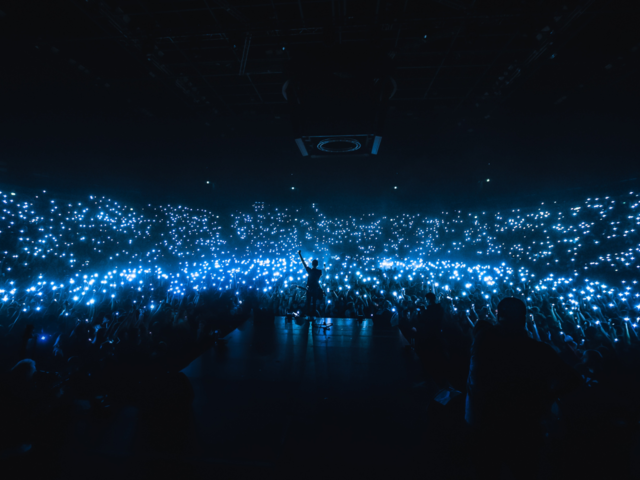
Tips for Using Light in Different Situations
Using light effectively in photography can be challenging in different situations. Here are some tips for using light in different situations:
Outdoor photography: When shooting outdoors, it's important to pay attention to the direction and quality of the light. Early morning and late afternoon light can create a warm and inviting atmosphere, while midday light can be harsh and unflattering. Try shooting in the shade or using a diffuser to soften harsh light.
Indoor photography: Indoor shoots generally require artificial lighting. There are numerous options when creating your own studio so try experimenting with different types of lighting. Reflectors are also a helpful tool when attempting to bounce light onto your subject.
Portrait photography: When shooting portraits, the subject’s face is usually the focal point and the area that needs most attention. Side lighting can create dramatic shadows, while front lighting can create a drab and unflattering look. If the aim is to create a natural effect, a diffuser will soften any harsh light.
Landscape photography: When shooting landscapes, the direction and quality of light will differ at different times of the day. Early morning and late afternoon light can create a warm and soft atmosphere, while midday light can be overly severe. Try using a polarising filter to reduce glare and create more vibrant colours.
Here are some additional tips for using light effectively in photography:
Understand the quality of light: The quality of light refers to how hard or soft the light is. Soft light can create a more flattering effect, while hard light can create harsh shadows. Take the time to observe outdoor light at different times of the day and play around with artificial light. Developing an understanding of light’s qualities can help you achieve the desired effect in your photographs.
Pay attention to the colour of light: Different types of light have different colour temperatures, which can affect the colour and ambience of your photographs. For example, some indoor lighting can cast a yellow or orange shade, while outdoor lighting can often feel like a stark blue colour. In order to achieve the desired colour balance, your camera settings will need adjustments depending on the colour and temperature of the light.
Use light to create depth and dimension: Light can create long shadows and interesting highlights. This can add another dimension to photos and create additional depth. Try experimenting with different lighting angles and intensities and observe how shadows and highlights behave as you move and adjust.
Don't be afraid to break the rules: Once you have learned the rules, then it’s time to break them! While there are many reliable techniques for capturing a well lit photograph, don't be afraid to experiment and try new things. Sometimes, the most interesting and captivating photographs are the ones that break the rules and challenge the norm.
The importance of lighting in photography cannot be overstated. Lighting is central to all photography and once you have a strong understanding of techniques and light quality, there is no stopping you from creating stunning images. Experimentation and trial & error are the key to discovering new ways to shoot. At the British Academy of Photography, we offer comprehensive courses that cover all aspects of lighting in photography. Enrol in our courses today and start taking your photography skills to the next level!

